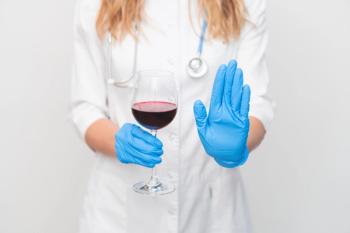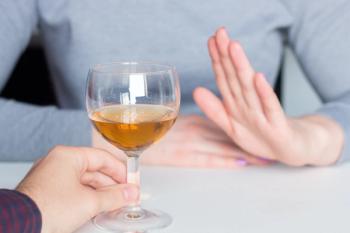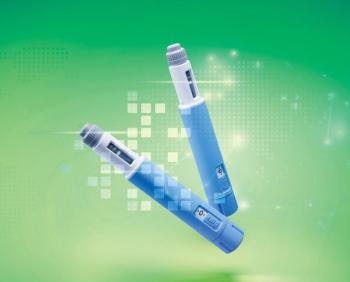
- Psychiatric Times Vol 24 No 13
- Volume 24
- Issue 13
Psychedelic Medicine: New Evidence for Hallucinogenic Substances as Treatments (2 volumes)
The use of psychedelic plants and drugs in psychiatric medicine has been a promise for more than half a century, suppressed by a draconian legal response to the epidemic of drug abuse in the 1960s. This 2-volume work seeks to reverse the suppression of scientific inquiry in this field by bringing together a comprehensive airing of the topic.
Michael J. Winkelman and Thomas B. Roberts (eds)
Westport, Conn: Praeger, 2007
728 pages • $200.00 (hardcover)
The use of psychedelic plants and drugs in psychiatric medicine has been a promise for more than half a century, suppressed by a draconian legal response to the epidemic of drug abuse in the 1960s. This 2-volume work seeks to reverse the suppression of scientific inquiry in this field by bringing together a comprehensive airing of the topic. In 30 chapters, the book spans ethnobotany, the medical use of psychedelics, and their legal limitations. Evidence is presented for the use of psychedelics as treatment for cluster headaches, obsessive-compulsive disorder, alcohol and heroin dependence, and anxiety and depression associated with chronic and terminal illnesses. All these treatments are in the early stages of exploration, but one cannot escape the contributors' feelings of optimism, and at times zeal, about what the future may hold.
The evidence presented from the 40 contributors comes in many shapes and sizes. For example, there is a 33-year follow-up study of a patient with an alcohol use disorder who was treated successfully with LSD (lysergic acid diethylamide). There is an Internet survey in which patients with cluster headache reported protracted remission 91% of the time following treatment with psilocybin. Respect for the scientific method is invoked to release the yoke of governmental suppression, but at times, methodology is invoked more in spirit than in deed. In response to the Internet survey on cluster headaches, the editors proclaim, "The near universal positive responses of cluster headache sufferers and their personal experiences override the necessity of statistical analyses or the customary double-blind clinical trials to establish their efficacy." Surely the editors do not want medicine to abandon the tools of reason.
Testimonials and anecdotes abound, and one longs for studies that can withstand the scrutiny of scientific standards of efficacy and safety. A successful example is the work of Griffiths and associates, who carefully assessed the effects of psilocybin on measures of personal meaning and spirituality in controlled settings. The interest in spirituality is a departure from the usual text in medicine. For decades, pharmacocentrism has swung the pendulum of psychiatry, as Leon Eisenberg put it, "from the brainless mind to the mindless brain."
These 2 volumes, intended or not, push the pendulum back toward the mind once again. But the medical profession is rusty when it comes to scientific discourse on spirituality, religion, and the soul. The value of these volumes is that they may help loosen up our thinking, even though the downside is the risk that the authors' enthusiasm may obscure the first principle of medicine-to do no harm. It is somewhat reassuring that the preface to this collection of pioneering chapters is simply titled, "Warning."
Articles in this issue
about 18 years ago
Methadone as an Analgesicabout 18 years ago
LifeSkills Training Programs Combat Adolescent Delinquencyabout 18 years ago
Obituaries in a Medical School Magazineabout 18 years ago
Illinois to Implement New Mental Illness Treatment Lawabout 18 years ago
Forensic Ethics and the Expert Witnessabout 18 years ago
The Case for Adolescenceabout 18 years ago
Strategies Against Methamphetamine and Cocaine Described at ASAM Meetingabout 18 years ago
Gifts From Patients: Pragmatic Model Offers Guidanceabout 18 years ago
Computer Gaming--When Virtual Violence Becomes Realabout 18 years ago
Psychiatric Emergencies in Bipolar and Related DisordersNewsletter
Receive trusted psychiatric news, expert analysis, and clinical insights — subscribe today to support your practice and your patients.

















